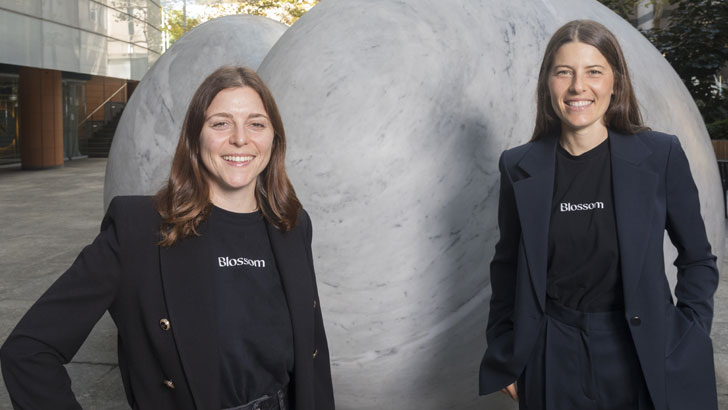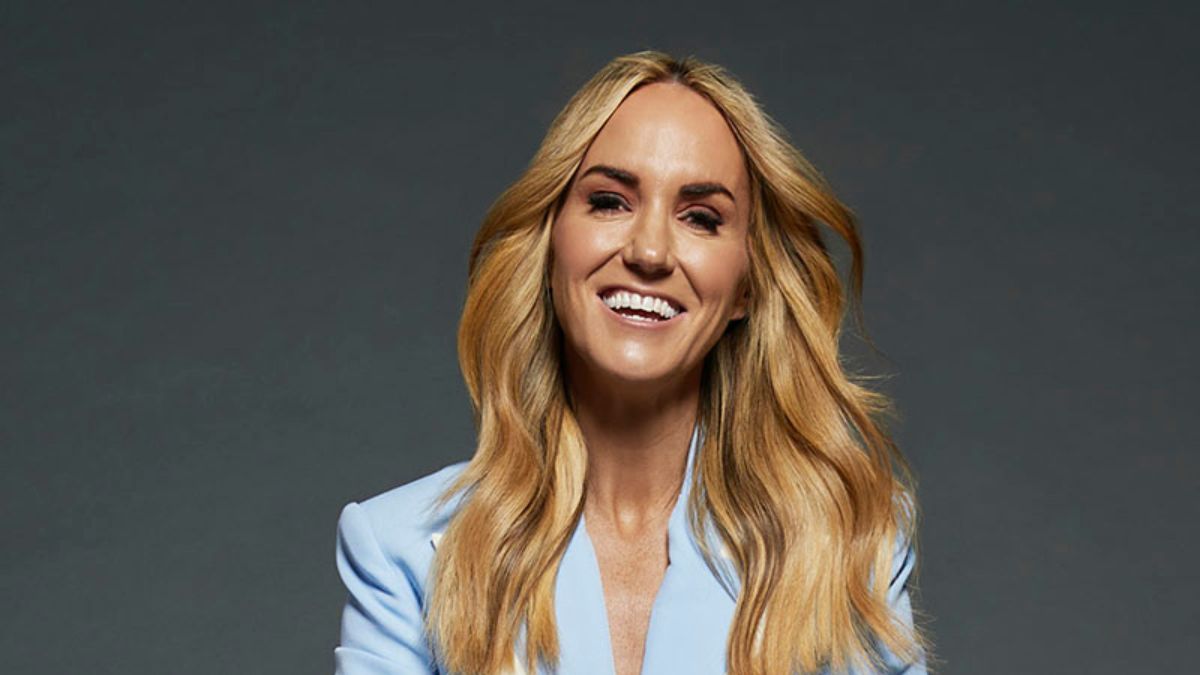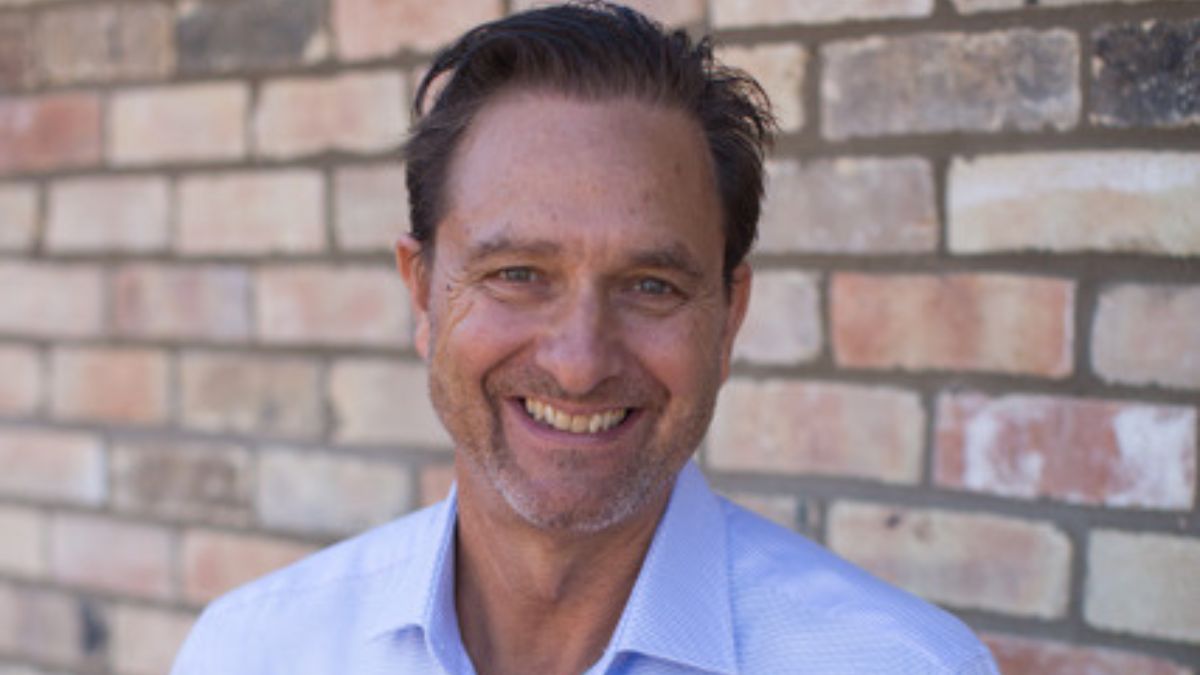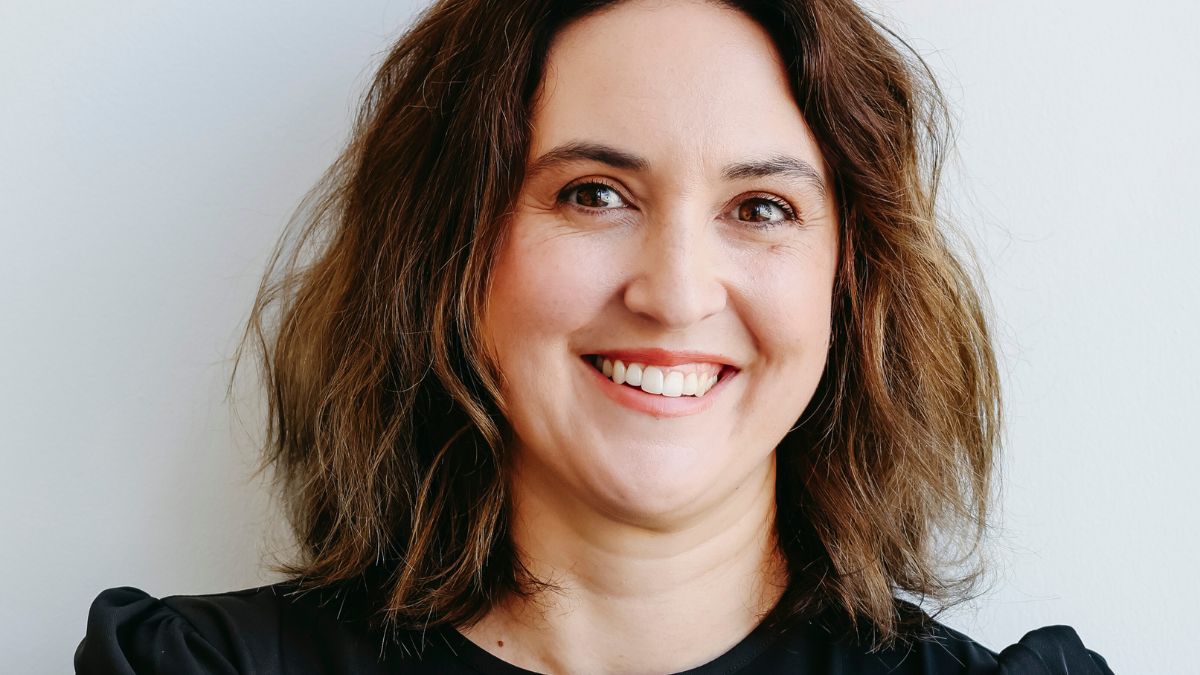My Startup is Ready to Blossom. Now What? A Founder's Guide to Smart Scaling
There is a moment in the life of a startup that is pure magic. It’s the moment after months, or even years, of relentless hustle, of sleepless nights fuelled by coffee and conviction, of hearing "no" a hundred times but pushing forward anyway.
It's the moment you achieve product-market fit.
The feedback is positive. The initial traction is there. The data tells you that you’ve created something that people genuinely want and need. You’ve moved from the agonizing question of "Will this work?" to the exhilarating and slightly terrifying reality of "This is working."
This is the moment your startup is ready to blossom. But it is also the moment it is most vulnerable. The skills and strategies that got you to this point—the scrappy, do-it-all, gut-feel approach—are not the same skills and strategies that will carry you through the next phase of growth.
This exciting and critical inflection point was the very subject of a fantastic conversation I had on my podcast with Gaby, the founder of Blossom. Gaby has identified a huge business opportunity: an app that helps millennials earn an income from their savings, a challenge for an entire generation. She’s launched the app, she’s got early traction, and she is standing right at this "now what?" moment.
Her questions were the three big, essential questions every founder in her position must answer to scale successfully:
- Customers: Where do I get more of them?
- Team: Who should I hire first?
- Positioning: How do I position my business to win?
Our conversation was a deep, strategic dive into how to build the right foundations for sustainable, smart scaling.
Today, inspired by Gaby's journey, I want to give you my definitive guide to navigating this crucial transition from a promising startup to a scalable enterprise.
The Customer Question - From "Any" Customer to the "Right" Customer
In the early days, you're just desperate for any customer. But once you have traction, the game changes. Your goal is no longer just about getting more customers; it's about systematically and profitably acquiring more of the right customers. This requires a shift from opportunistic tactics to a strategic marketing system.
1. Double Down on What's Working
Before you chase the next shiny marketing object, you must first analyze what has worked so far. Where did your first 100 or 1,000 users come from? Was it a specific social media channel? Was it word-of-mouth? Was it a particular piece of PR? Your early data is a treasure map that points to where your ideal customers are. Your first step in scaling is not to do more things, but to do more of what is already proven to work. Pour your resources into that channel until you have maximized its potential.
2. Define Your Ideal Customer Profile (ICP) with Data
Your early users have given you an incredible gift: data. You no longer have to guess who your ideal customer is. You can look at your user base and build a data-driven profile.
- What are their demographics?
- What are their behaviours within your app?
- What did they say when you interviewed them? (You are interviewing your early users, right?)
With a crystal-clear ICP, you can make smarter decisions everywhere. You can target your ads with pinpoint accuracy, create content that speaks directly to their pain points, and build new features that they will actually use.
3. Build Your Marketing Flywheel: The Three Engines of Growth
To scale sustainably, you need to build a growth engine. There are generally three types:
- The Paid Engine: This is using paid advertising (Google, Facebook, etc.) to acquire customers. It's fast and scalable, but it requires capital and you must know your numbers inside out. You cannot effectively use this engine until you know your Customer Acquisition Cost (CAC) and your Lifetime Value (LTV). You must be making more from a customer than it costs you to acquire them.
- The Viral Engine: This is when your product has inherent network effects—it gets better as more people use it. This is often driven by a great referral program. For an app like Blossom, this could be a "give $5, get $5" program that incentivizes users to invite their friends.
- The Content Engine: This is about attracting customers by providing them with valuable, free content. For Blossom, this could be a blog, a podcast, or a TikTok channel that teaches millennials about personal finance, saving, and investing. This builds trust and authority, and it attracts users who are already looking for solutions to the problem you solve.
A great company doesn't just choose one engine; it aims to get all three firing over time, creating a powerful and resilient marketing flywheel.
The Team Question - Who Should I Hire First?
This is one of the most consequential decisions a founder will make. Your first few hires will define your company's culture and its capacity to execute for years to come. Hiring the wrong person can be a devastating setback.
There are two common mistakes founders make with their first hires:
- Hiring a junior version of themselves. This feels comfortable, but it doesn't add new skills to the company.
- Hiring for a role they think they should have (e.g., "every startup needs a Chief Marketing Officer"), rather than what the business actually needs right now.
The Right Approach: Hire to Solve Your Biggest Problem
Look at your business right now. What is the single biggest handbrake on your growth?
- Is it a technology problem? Is the app buggy or unable to handle more users? If so, your first hire is a brilliant senior engineer.
- Is it a customer acquisition problem? Do you have a great product but no idea how to market it? Then your first hire might be a growth marketer with a proven track record.
- Is it an operational problem? Are you, the founder, spending all your time on customer support and administrative tasks instead of strategy? Then your first hire might be a sharp, detail-oriented operations manager or executive assistant who can take these tasks off your plate.
The key is to hire someone who can solve your biggest immediate pain point and who brings a skill set that is complementary, not identical, to your own. You are not hiring a pair of hands; you are hiring a problem-solver who can take ownership of a critical business function and free you up to focus on your zone of genius.
The Positioning Question - Defining Your Place in the World
Finally, Gaby asked about how to position the business. This is a high-level strategic question that shows she is thinking like a CEO. Positioning is not just about your marketing message; it's about the deliberate choices you make to be different and better than the alternatives in the mind of your ideal customer.
1. Who is Your Enemy?
A powerful way to define what you stand for is to define what you stand against. For Blossom, the "enemy" might be the big banks with their laughably low interest rates. It might be the confusing jargon of the traditional finance world. It might be the cultural idea that saving is boring or too hard. By clearly identifying an enemy, you create a rallying cry for your customers. You are not just offering a product; you are leading a rebellion.
2. What is Your Unique Differentiator?
In a crowded market, you cannot be a "me too" product. What is the one thing you do better than anyone else? Is it simplicity? Is it your focus on a specific community? Is it your ethical approach? For Blossom, a key differentiator is its focus on making fixed-income investing, an asset class traditionally reserved for institutions, accessible to everyone. This is unique and powerful. Your marketing, your product roadmap, and your brand story should all be built around amplifying this unique differentiator.
3. The Power of Brand Voice
How do you talk to your customers? Are you formal and institutional, or are you approachable, educational, and empathetic? For a brand targeting millennials, the choice is clear. Your brand voice—the language you use in your app, your emails, and your social media—is a critical part of your positioning. It should reflect a deep understanding of your audience and make them feel like you are one of them.
This Startup is Ready to Blossom
Gaby's journey with Blossom is a thrilling one to watch. She has the passion, the clear vision, and most importantly, she is asking the right questions at the right time. Our full conversation on the podcast is a real-time, practical workshop on how to apply these strategic frameworks to a living, breathing startup at a critical moment of growth. It's a must-listen for any founder who has achieved that initial traction and is now looking up at the next mountain.
Scaling is a New Skill
The journey from a founder who can build a great product to a leader who can build a great company requires a profound evolution. It requires a new set of skills. You must learn to move from doing to leading, from intuition to data, and from opportunistic tactics to deliberate strategy.
The questions Gaby is asking about customers, team, and positioning are the three pillars upon which all successful scaling is built. By answering them with intention and clarity, you build the strong foundation that allows your startup to not just grow, but to truly blossom into an enduring, impactful enterprise.
What was the biggest challenge you faced when your own business started to scale? Or what is the "now what?" question that is on your mind right now?






